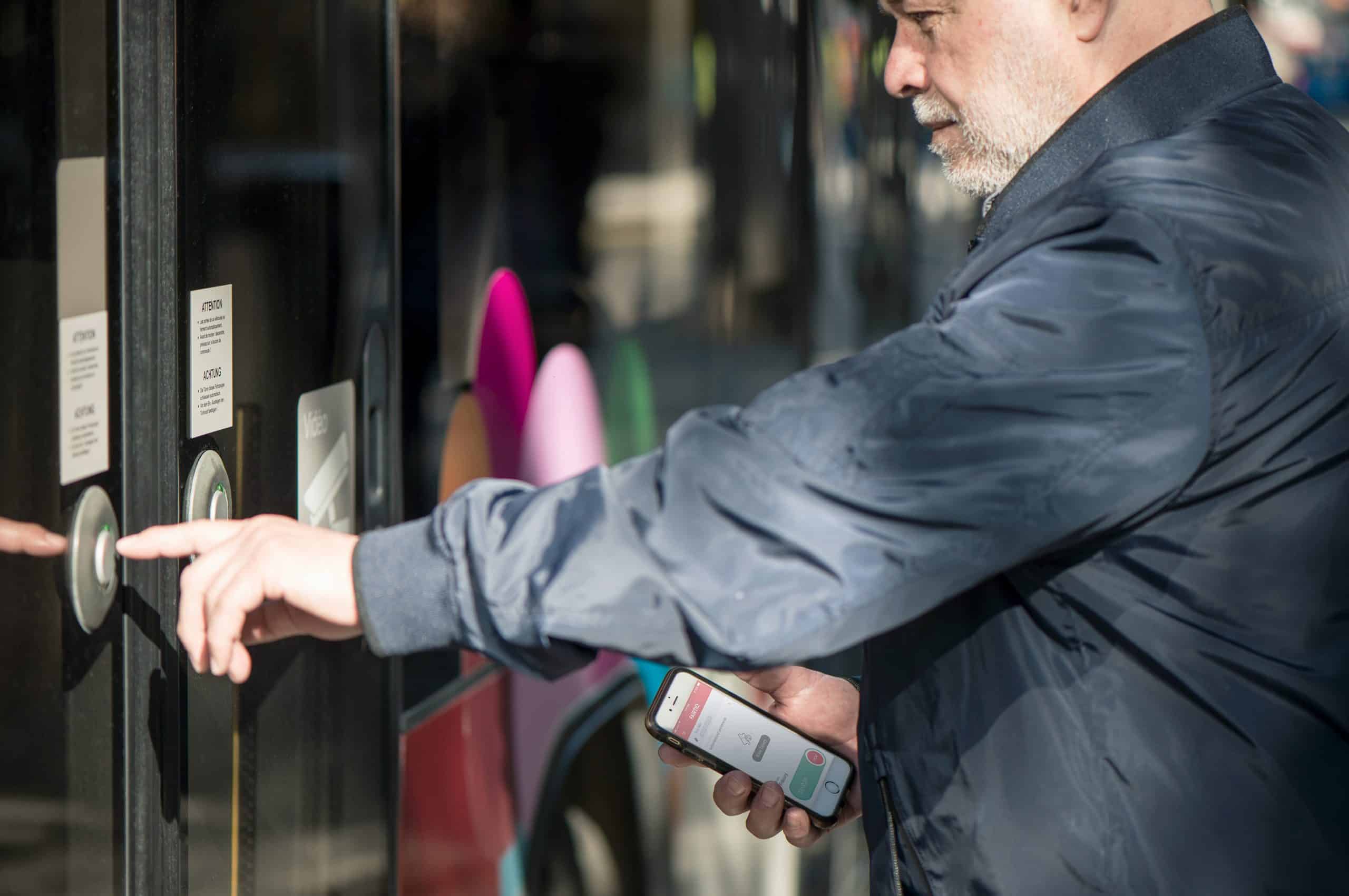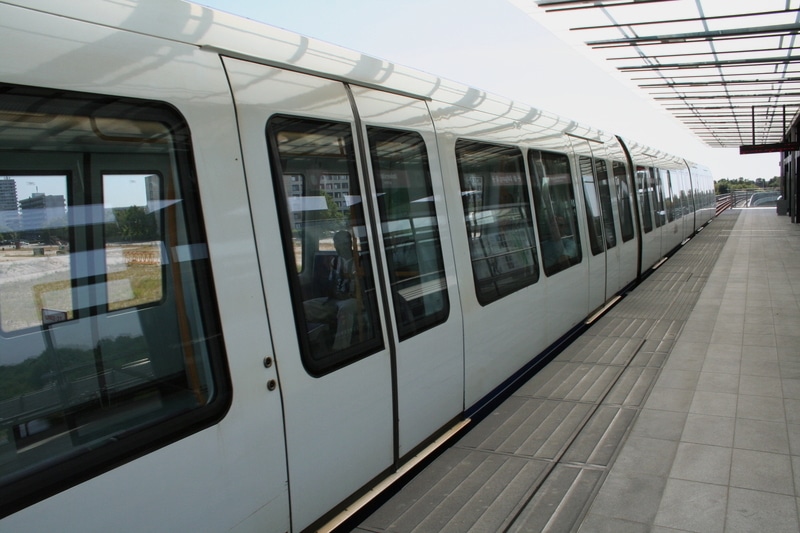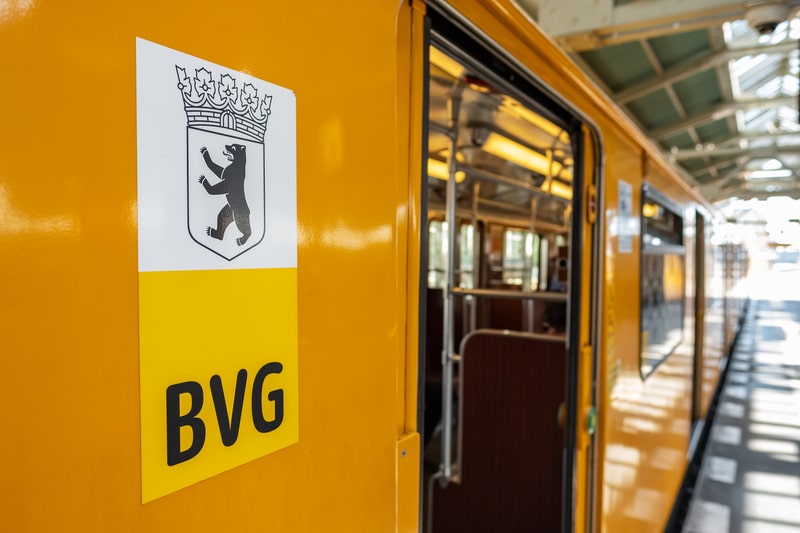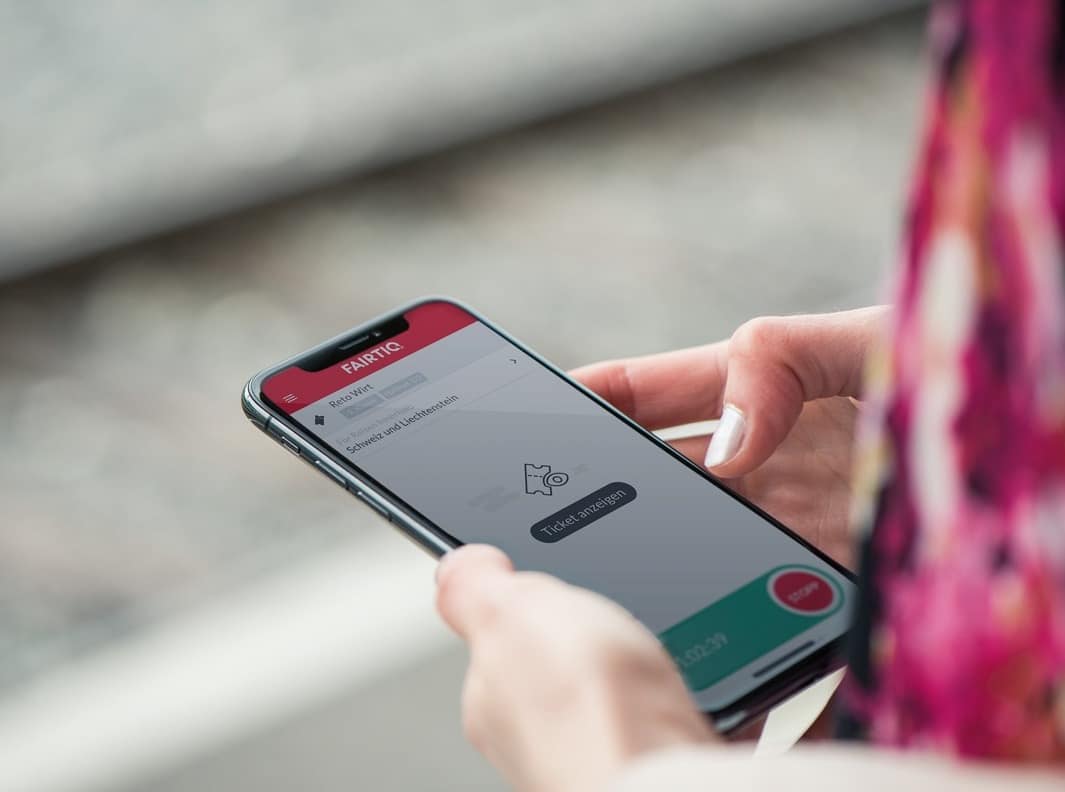
Article Highlights
With transit riders and agencies looking for more “touchless transit” options, interest is growing in mobile-ticketing and fare payments apps that enable users to walk in and off transit vehicles without touching surfaces or interacting with agency staff. One option is a be-in/be-out system, though some are not convinced a fully hands-free approach is necessary.
Fairtiq transactions, fueled by demand during the pandemic, now surpass 500,000 per week, up from 200,000 per week in February.
• Tmoney
• SWO (Osnabrück)
• Fairtiq
It’s no secret that interest is growing in “touchless transit” in the wake of the Covid-19 pandemic. So technologies that enable fully hands-free fare payments, letting passengers be-in/be-out, or BIBO, are getting a serious look–as transit agencies seek to let more customers bring their own fare media and minimize passenger interaction with agency staff.





















